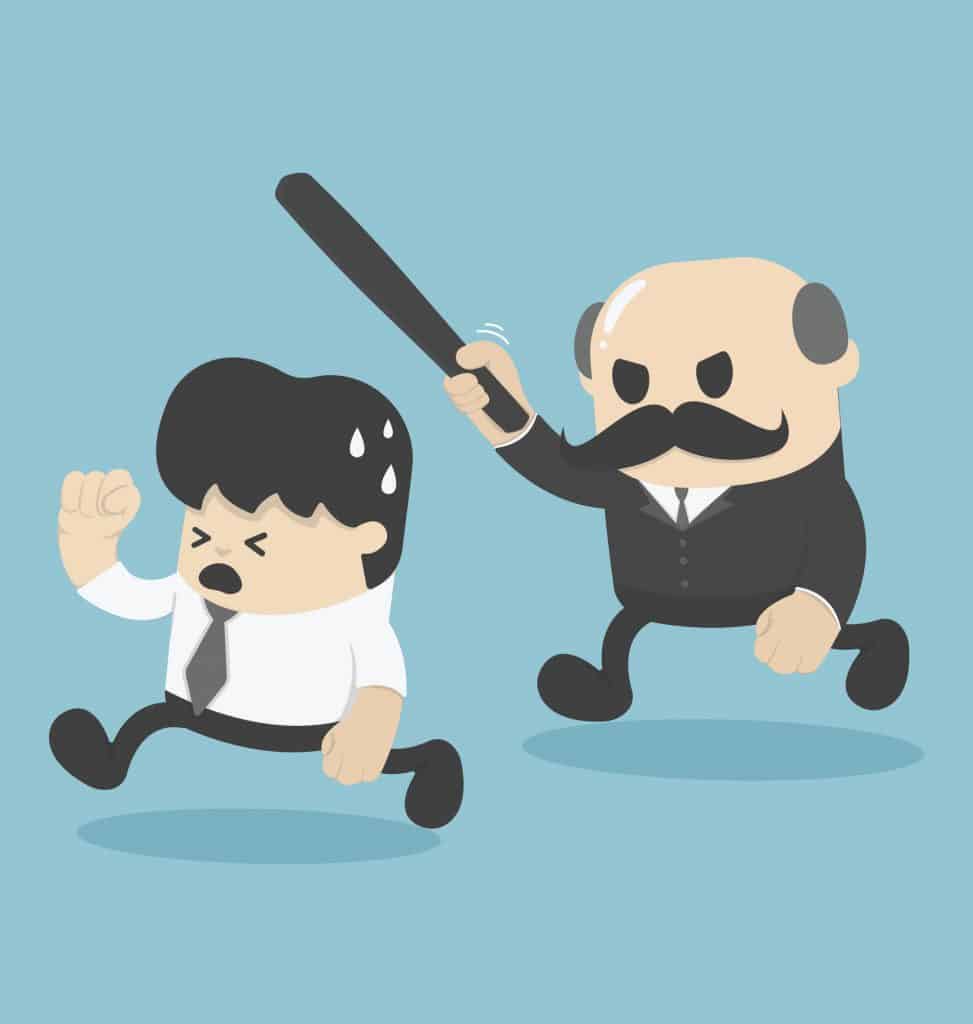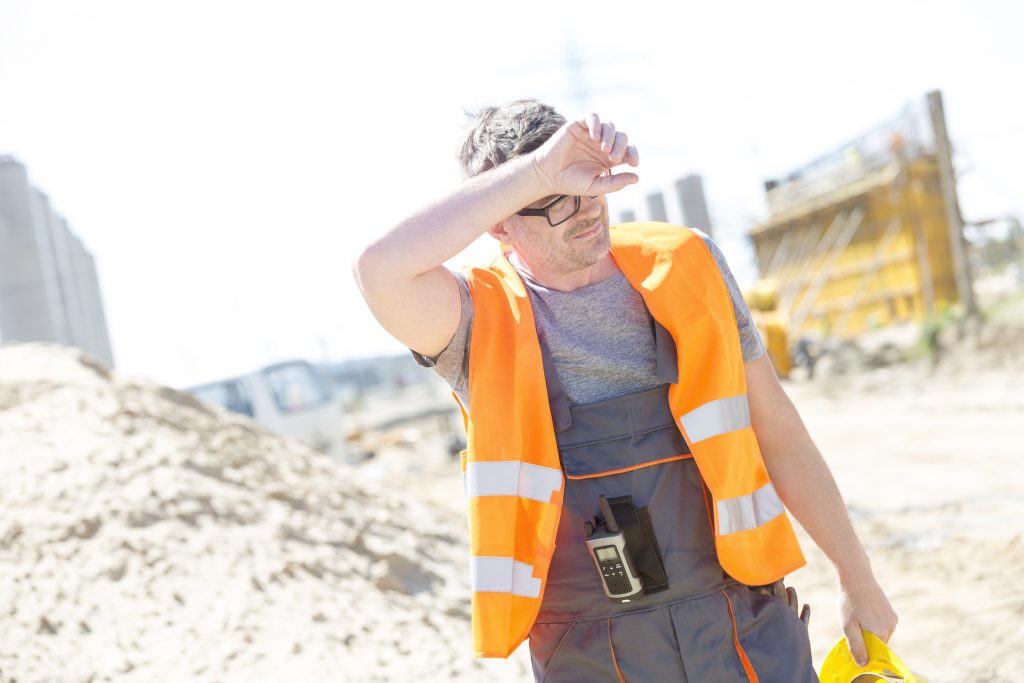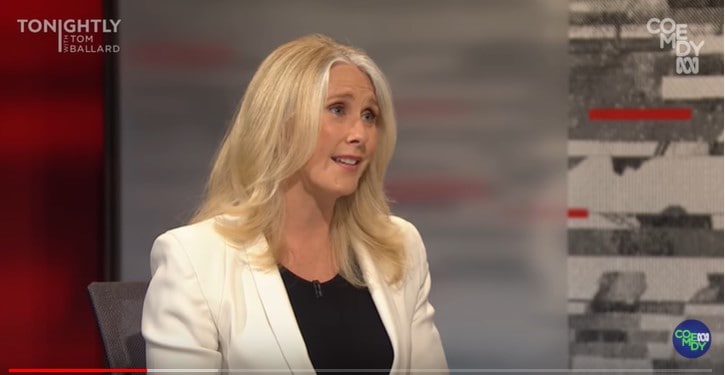
Any assessment of ethics in relation to occupational health and safety (OHS) is worthwhile and so the release of a chapter on ethics by the Australian Institute of Health and Safety (AIHS) generated some excitement. That excitement diminished somewhat as this Chapter of the Body of Knowledge (BoK) dealt with ethics in a very narrow context – “Ethics and Professional Practice“.






